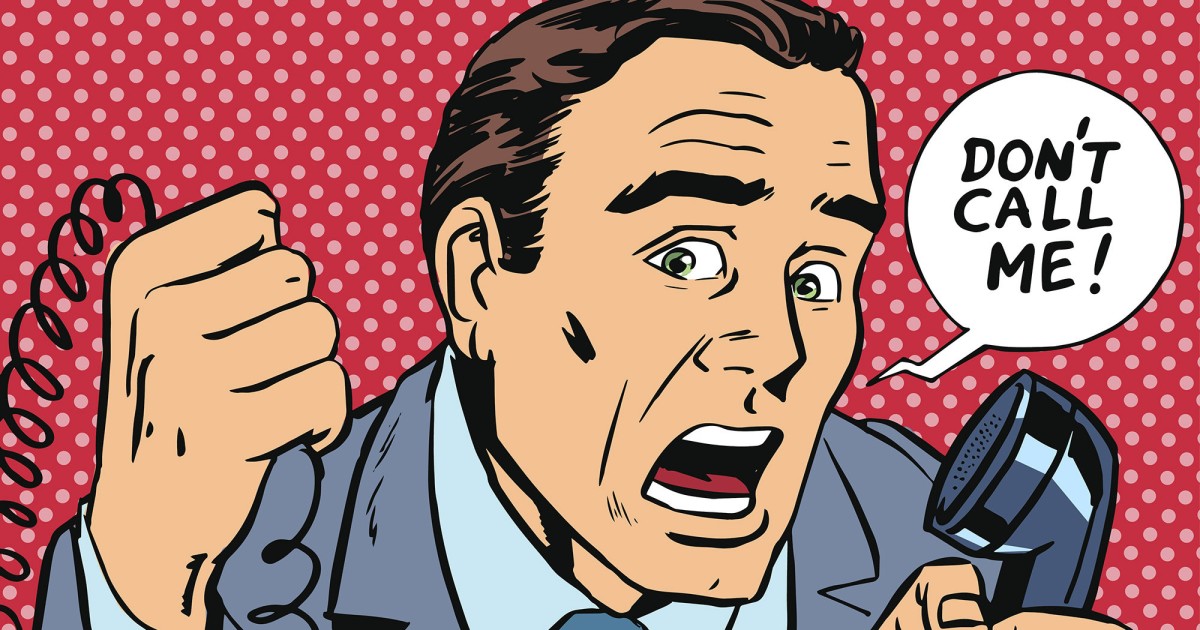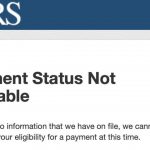
There was superior news and poor information this week on the robocall entrance. Let us start out with the undesirable news.
A document 5.7 billion robocalls inundated People last thirty day period, up 25% from a thirty day period ahead of, in accordance to the most up-to-date figures from YouMail, a robocall-blocking application.
That translates to an regular 182 million robocalls a day, or 2,115 for each second.
Around 49 billion robocalls have been received so significantly this calendar year, which is far more than all of past calendar year. In other text, there have never been extra robocalls being built in the record of human civilization.
Alex Quilici, YouMail’s chief government, reported that by the time we attain the finish of December, U.S. buyers most likely will have gained pretty much 60 billion robocalls.
“There’s a prolonged way to go prior to the robocall problem is solved,” he explained.
So what is the very good news, you ask?
Telecom sector insiders say work is promptly progressing on a technique identified as “Shaken/Stir,” which could not conclusion the scourge of robocalls but could go a extended way towards creating your cellular phone usable once again.
“I wouldn’t guess this is the stop of robocalls,” said Mark Cooper, president of PKI Methods, a Portland, Ore., cybersecurity consulting organization. “They’re a business. They’ll locate other approaches to do it.”
However, he told me that Shaken/Stir can do for telephones what spam filters did for email. Sure, you however get junk messages in your inbox just about every day. But the movement is workable and no lengthier overwhelms your on the net expertise.
“Can you dwell with one or two nuisance phone calls a working day?” Cooper asked. “That’s definitely superior than eight.”
As I have reported, Shaken/Stir has been in the operates for many years. A techie included in building the industry-produced technique instructed me the James Bond reference was deliberate (“We tortured the English language till we arrived up with an acronym,” he explained).
The Federal Communications Fee has identified as on telecom companies to apply Shaken/Stir by the conclusion of the 12 months. If phone and cable companies fail to do so, the company states it might have to have them to act.
The fundamental idea driving Shaken/Stir is pretty basic: When a get in touch with originates, it will get issued a electronic “token” or “signature.” That marker is confirmed before the call makes its way to the recipient.
The way this will enjoy out for customers is that you are going to get a observe on your phone’s monitor that a connect with is verified or unverified. If unverified, the chances of it remaining a robocall are greater.
“I could conveniently see Apple coming up with an app that asks how you want to take care of an unverified call,” Cooper mentioned.
Ok, so far so great.
The trouble with Shaken/Stir, at least for the time being, is that it necessitates just about every telecom enterprise all around the entire world to engage in ball. If just about every provider provider isn’t verifying phone calls, that raises the probability that reputable phone calls are currently being caught in the method, which undermines its trustworthiness and trustworthiness.
“Shaken/Stir just can’t be efficient until everyone participates,” mentioned Joe Weeden, vice president of London-dependent Metaswitch, a communications software program enterprise.
“It’s not likely to address robocalls tomorrow,” he explained. “It’s likely to choose time.”
I achieved out to most of the top rated U.S. telecom organizations inquiring about their Shaken/Stir endeavors. Just about every stated they are thoroughly on board with rolling out the technology, even though most ended up obscure about the time body.
T-Cellular, Comcast and Inteliquent, a voice and messaging companies provider, announced Thursday that Shaken/Stir capabilities are now in place for calls traversing all a few networks. The providers named this a “technical very first,” which is nifty, but it doesn’t essentially safeguard shoppers from robocalls originating from other networks.
And which is the largest obstacle to get over. If a get in touch with originates from a network any place in the earth that has not adopted Shaken/Stir engineering, how will shoppers know irrespective of whether it is a contact they want to just take?
Also, what is to end robocallers from shifting operations to nations with lax telecom standards? That’s what quite a few spammers and telemarketers now do.
Just as Panama and the Cayman Islands focus in serving to men and women disguise cash, it’s not difficult to consider some developing international locations recognizing a earnings stream in serving as a residence base for robocallers.
It’s also attainable some unscrupulous overseas telecom corporations will take dollars under the table from robocallers to validate calls and make them look reputable.
“They’re heading to find weaknesses in the technique,” mentioned Jim McEachern, principal technologist with the Alliance for Telecommunications Sector Options, a trade team that spearheaded efforts to make Shaken/Stir a reality. “It would be delusional to feel anything at all else.”
He reported it will be up to the marketplace to address complications as they arise — a approach that very likely will just take many years.
“My panic is that the public will hear Shaken/Stir has been rolled out, and they’ll feel, ‘Problem solved,’” McEachern stated. “It’s not likely to materialize like that.”
He also emphasised that just for the reason that a range is verified, that does not imply the phone is on the up and up. “Dr. Evil could however phone you on a verified line,” he mentioned.
The big progress with Shaken/Stir is the chance, for the first time, to tackle so-termed spoofing, which is exactly where a robocaller makes use of a fake range on your caller ID display to dupe you into picking up. Verified calls aren’t spoofed (except, as pointed out above, a telecom business for some reason opts to greenlight a spoofed amount).
I questioned telecom companies if buyers will have to pay out an added price for robocall protection. Though the FCC has claimed it would like Shaken/Stir to be readily available for totally free, there’s no legislation demanding telecom businesses to deliver it.
Most of the businesses I contacted — AT&T, Verizon, T-Mobile, Sprint, Frontier — mentioned they did not assume to impose a robocall-blocking payment.
But that indicates they’d be swallowing the millions of pounds required to implement Shaken/Stir, and that is not just behavior that defines cell phone and cable companies. Heck, AT&T expenses a $1.99 regular monthly “administrative fee” to go over plan routine maintenance of its wireless technique.
The sector insiders I spoke with claimed they wouldn’t be shocked if robocall-blocking fees are little by little released.
“There’s absolutely nothing that stops the companies from executing it,” acknowledged PKI’s Cooper.
For the second, we can all concur that robocalls have gotten out of hand, and anything at all that decreases the dilemma is a fantastic matter.
But for all the industry’s promises that it feels customers’ ache, the actuality is that cell phone and cable businesses dragged their toes having to where we are now, and in some circumstances are declaring victory as the fight nevertheless rages.
“Shaken/Stir isn’t a silver bullet,” reported Weeden at Metaswitch. “But it will ultimately get us a substantial step ahead from in which we are nowadays.”
Which would be welcome.




